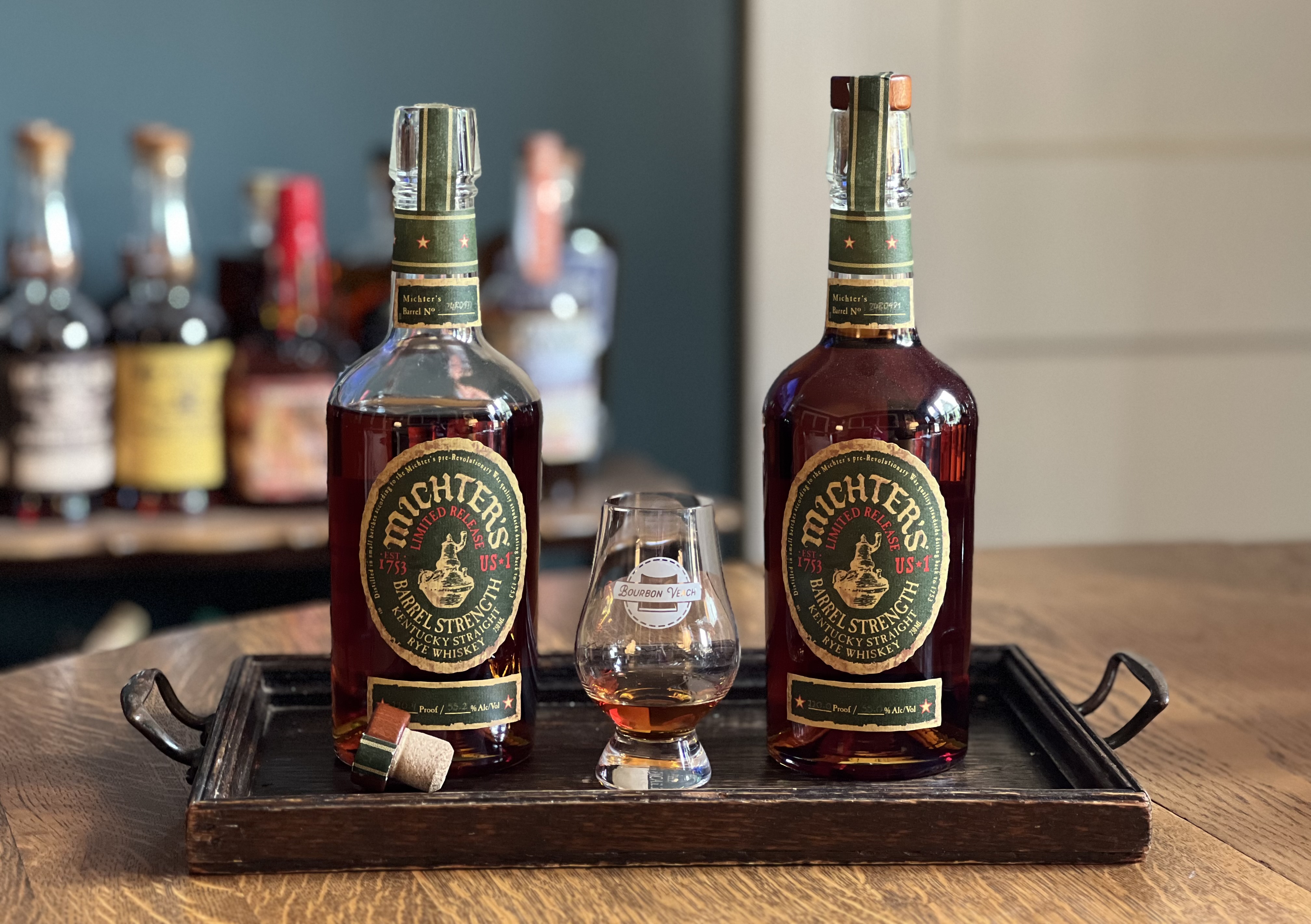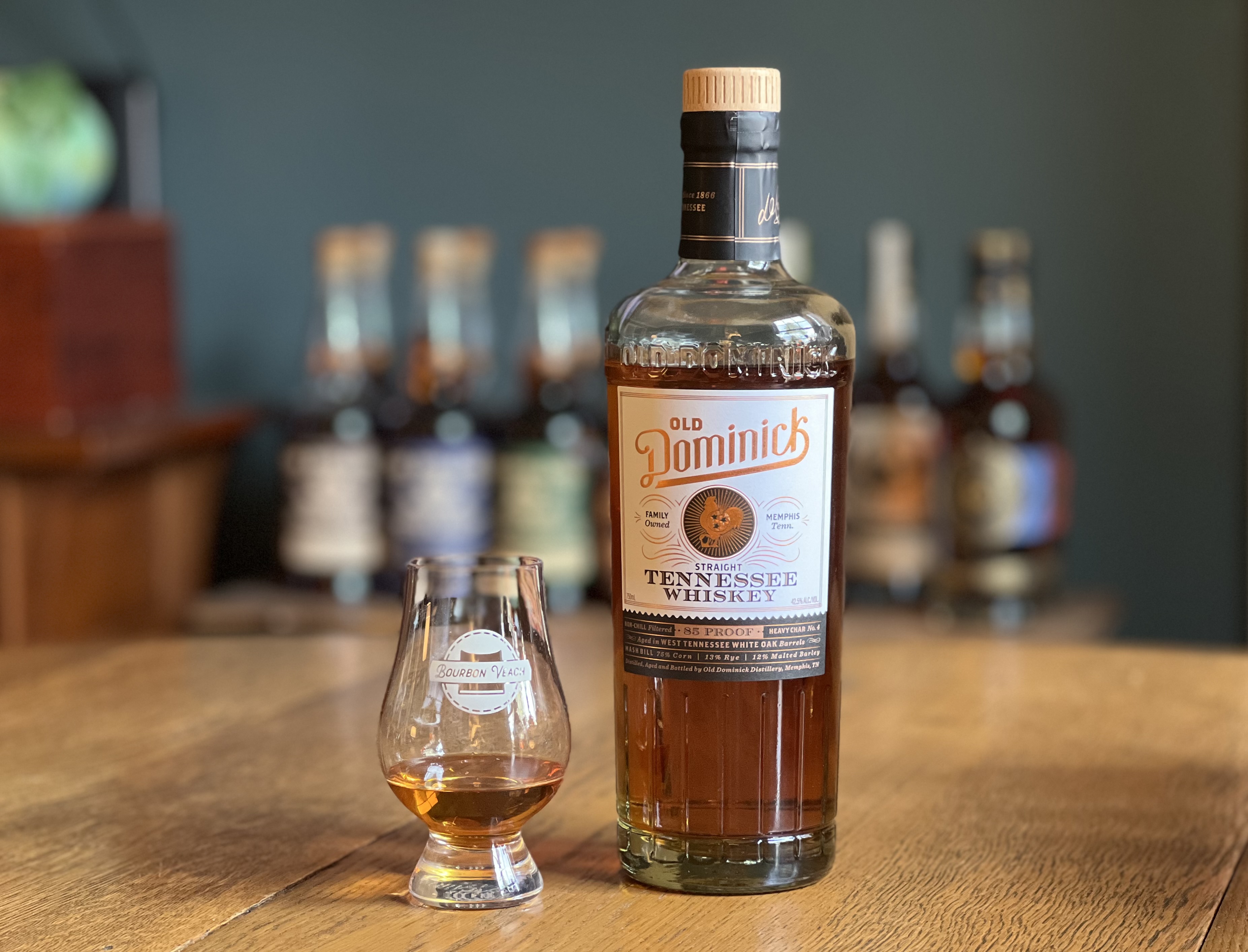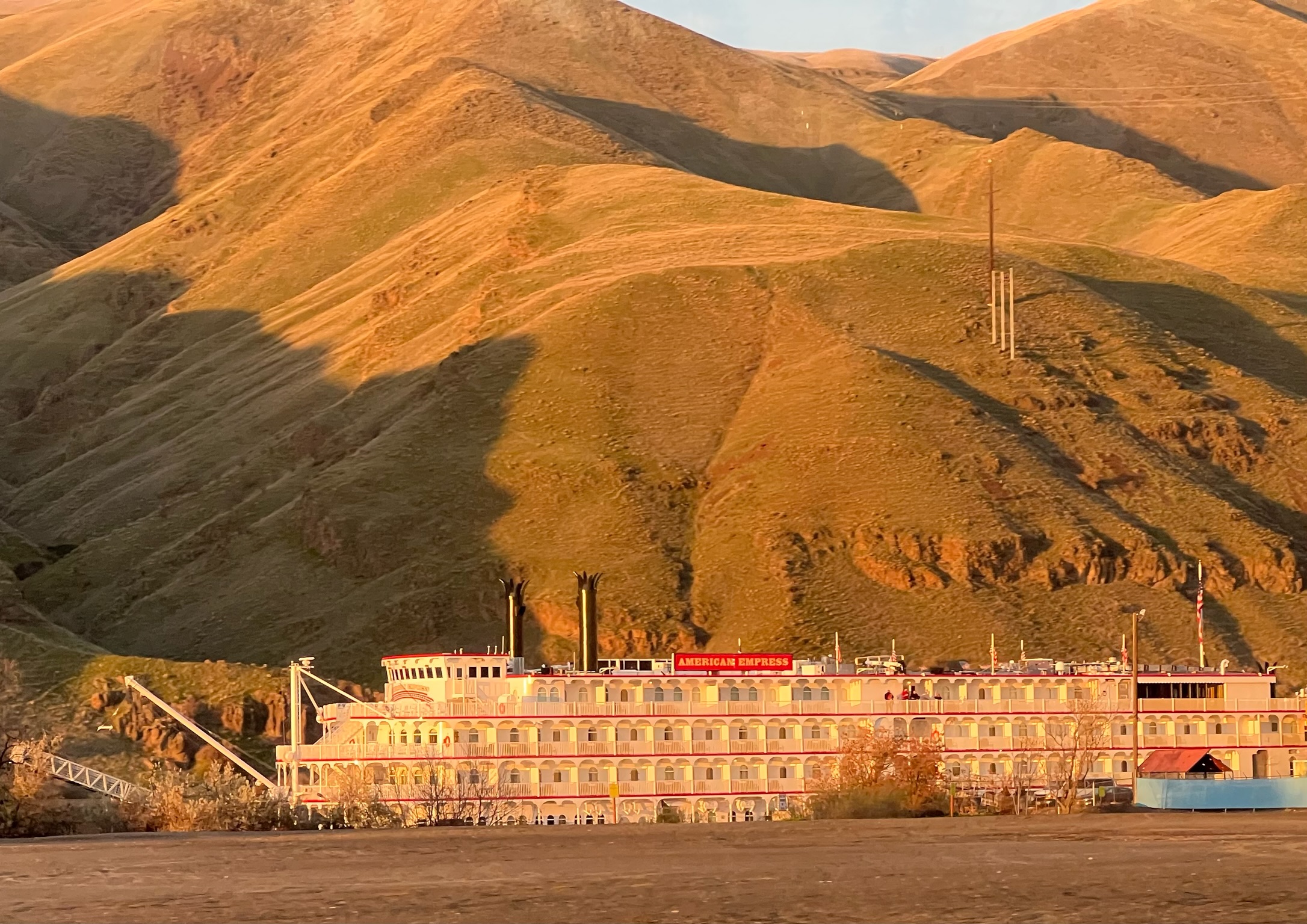The State of Maryland has a long history of distilling. In fact, many early Kentucky distillers started distilling in Maryland. The most prominent family that came from Maryland were the Medley family, who came from Medley Bend on the Potomac River in Maryland. There was a large migration of Maryland Catholics to Kentucky in the early 19th century where they settled in the Bardstown area.
Early Maryland distillers were making rye whiskey. They could also have been making a Bourbon, but they became famous for their rye whiskey. The rye whiskey probably had corn in the mash bill and that made it taste different from the Pennsylvania rye being made in the Monongahela River valley that was made completely of rye and malted barley.
After the American Civil War, Maryland distillers started flavoring their Rye whiskey with flavoring agents such as sherry and port wines, caramelized sugar, prune or cherry juice, and other ingredients. They may have also been aging their whiskey in used sherry and port wine barrels. It was a highly rectified whiskey, but a popular style of whiskey. There were several prominent distilleries such as the Melrose Distillery, Baltimore Distilling Company, Carrol Springs Distilling Company, and the Melvale Distilling Company producing these rye whiskeys.

This all changed in the early 20th century with the passage of the Pure Food and Drug Act of 1906. The “What is whiskey?” question caused the consumer to call for straight whiskey. With the Taft Decision of 1909, it became required to label blended whiskeys as blended whiskey. This caused many Maryland rye producers to switch their production to straight rye whiskey. To differentiate their whiskeys, the Maryland producers started using more corn in their mash bill to sweeten the rye whiskey. Still, many distilleries continued to make their traditional whiskey as a blended whiskey.
Prohibition hit the Maryland distilleries hard. Most of the distilleries went out of business. Their brands were often sold to other companies such as National and Schenley. Those that survived Prohibition tried to come back, but faced the same problems all distilleries faced at the time – The Great Depression and competition from imported, aged whiskey. World War Two put the final nail in the coffin for many of the remaining Maryland distilleries, forcing them out of business. Maryland Rye was slowly disappearing from the market.
The 21st century has seen a return of Maryland Rye. The growth in American whiskey and the artisan distilleries that came with that growth has brought back Maryland rye whiskey. The new Maryland rye is being defined as a high corn mash bill rye whiskey. The trend to finish whiskey in used wine barrels is also making it possible for Maryland distilleries to create a rye whiskey similar to the 19th century Maryland rye. The future of this style of whiskey is promising.
Photos Courtesy of Rosemary Miller















February 27, 2023 at 3:18 pm
Hi Mike. I’m compelled to reply regarding the supposed use of corn in Maryland rye whiskey. I have concrete proof of at least two post-Prohibition Maryland rye mashbills that used no corn at all, and I’ve never seen any others that mention corn. In fact, these two producers were very fond of letting you know that there was indeed no corn in their whiskeys.
The mashbill for Baltimore Pure Rye, was “98% rye grain,” while that of the Frank L. Wight distillery of Loreley was proud to note that “The distinctive Maryland rye flavor and bouquet of this whiskey is the result of its having been distilled from rye grain and rye malt exclusively according to a formula perfected in the [18]60’s by John L. Wight and passed down from father to son through four generations.” That would have made Wight whiskey part of the “all-rye” category. That’s four devoted generations of a legacy Maryland rye distiller that proudly used no corn.
Both of these 1930s *mashbills reflect Monongahela roots, in that Monongahela rye contained no corn either. BPR also used a three-chamber still post-Prohibition, bringing that heritage even closer to the Mon variant.
I have communicated with representatives of both the Maryland Distillers Guild and Sagamore Spirit, and neither can produce a single shred of evidence that Maryland rye (either pre- or post-Pro) contained even one kernel of corn. They base their beliefs solely on period flavor descriptions that mention that Maryuland rye was sweeter that other ryes at the time. That may well have been the case, but it seems to have had nothing to do with the addition of corn.
Keep in mind that these two mashbills are from the 1930s, meaning that they were likely holdovers from before 1920, when there would have been less chance of corn inclusion anyway. They would not have switched from using corn pre-Prohibition to using none after 1933.
There was also a lot of cross-border trading of stocks between Maryland and Pennsylvania distillers for bottling at their respective plants. If the whiskey was so different, how could they have gotten away with this?
Then there’s Baltimore liquor dealer Edwin Walters, who in the 1880s bought a number of distilleries in Somerset County, Pennsylvania to supply rye whiskey to his outlets. If Maryland rye was so different from that of the Monongahela region, wouldn’t his customers have been disappointed? I say no, and indeed Walters’s success (he was likely the largest liquor dealer in the state’s largest city) in selling Monongahela rye to Marylanders may have actually helped to define the Maryland style, and again, that whiskey likely contained no corn.
Until someone, ANYONE, can dig up a vintage Maryland rye mashbill that mentions corn, I stand by my research and believe that there had to have been other parts of the fermentation or distilling process that made the difference. Also, those flavor descriptors may have come from the days when rectification was more prevalent, and then perhaps might have changed later.
Thanks Mike, for your dedication to spreading the whiskey gospel! I hope you and Rosemary are well and that our paths might cross again soon.
Sam Komlenic